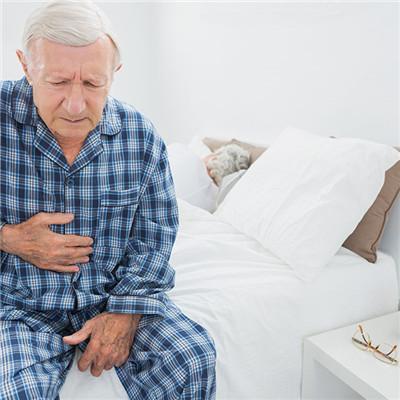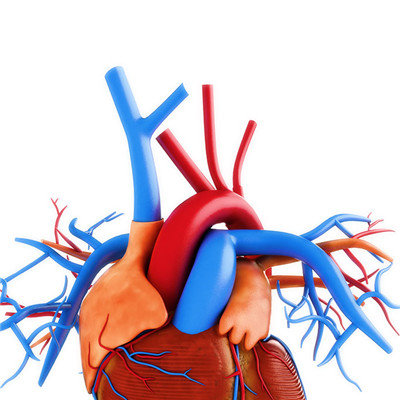Initial symptoms of pneumoconiosis
summary
Due to the long-term inhalation of productive dust in occupational activities, they suffer from serious lung diseases. They are the pneumoconiosis patients who have been paid close attention to. Today, let's talk about the initial symptoms of pneumoconiosis.
Initial symptoms of pneumoconiosis
*: pneumoconiosis is a systemic disease caused by long-term inhalation of productive dust (dust) and occupation in lung and diffuse fibrosis (scar) in lung tissue. Pneumoconiosis can be divided into inorganic pneumoconiosis and organic pneumoconiosis according to the types of dust inhaled. Pneumoconiosis caused by inhaling inorganic dust in production is called inorganic pneumoconiosis. Most of pneumoconiosis is inorganic pneumoconiosis. Pneumoconiosis caused by inhalation of organic dust is called organic pneumoconiosis, such as cotton pneumoconiosis, farmer's lung, etc. There are 12 kinds of pneumoconiosis in China: silicosis, coal worker's pneumoconiosis, electric ink pneumoconiosis, carbon ink pneumoconiosis, talcum pneumoconiosis, cement pneumoconiosis, mica pneumoconiosis, pottery pneumoconiosis, aluminum pneumoconiosis, welder's pneumoconiosis and foundry worker's pneumoconiosis.
Second: cough in the early stage of pneumoconiosis is not obvious, but with the development of the course of disease, the patients are more complicated with chronic bronchitis, and the patients in the late stage are more complicated with pulmonary infection, which can obviously aggravate the cough. Cough is related to season and climate.
Third: expectoration is mainly caused by the continuous elimination of dust by the respiratory system. Generally, the amount of expectoration is not much, mostly gray thin sputum. If combined with pulmonary infection and chronic bronchitis, the amount of sputum increased significantly, the sputum was yellow sticky or massive. It's not easy to cough up
matters needing attention
Pneumoconiosis patients should be transferred away from dust work in time, and comprehensive treatment should be carried out according to the needs of the disease, and tuberculosis and other complications should be actively prevented and treated, so as to reduce symptoms, delay the progress of the disease, improve the life span and quality of life of patients. Due to long-term contact with productive dust, the defense function of respiratory system of pneumoconiosis patients is damaged, and the patient's resistance is obviously reduced. Many different complications often occur.














